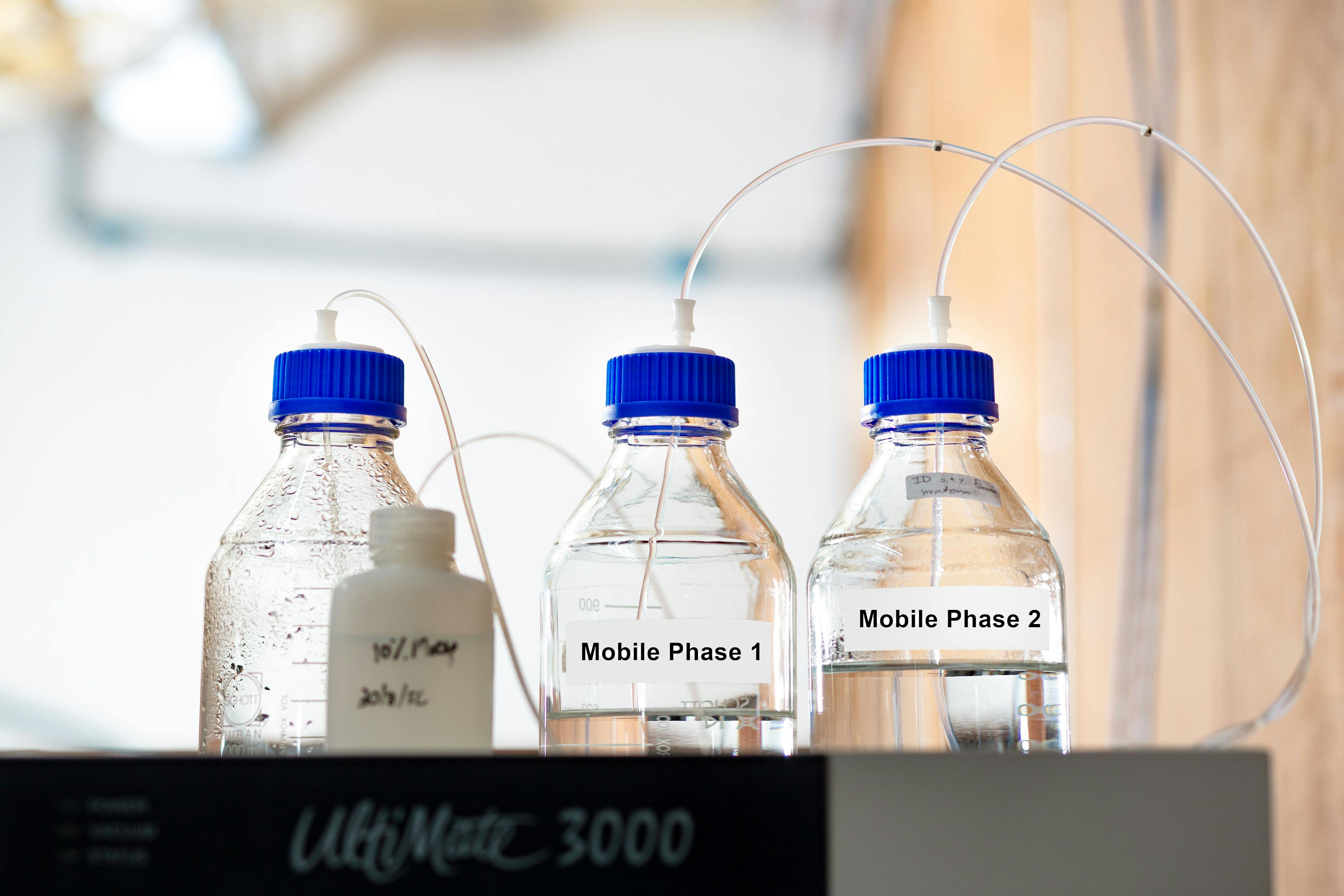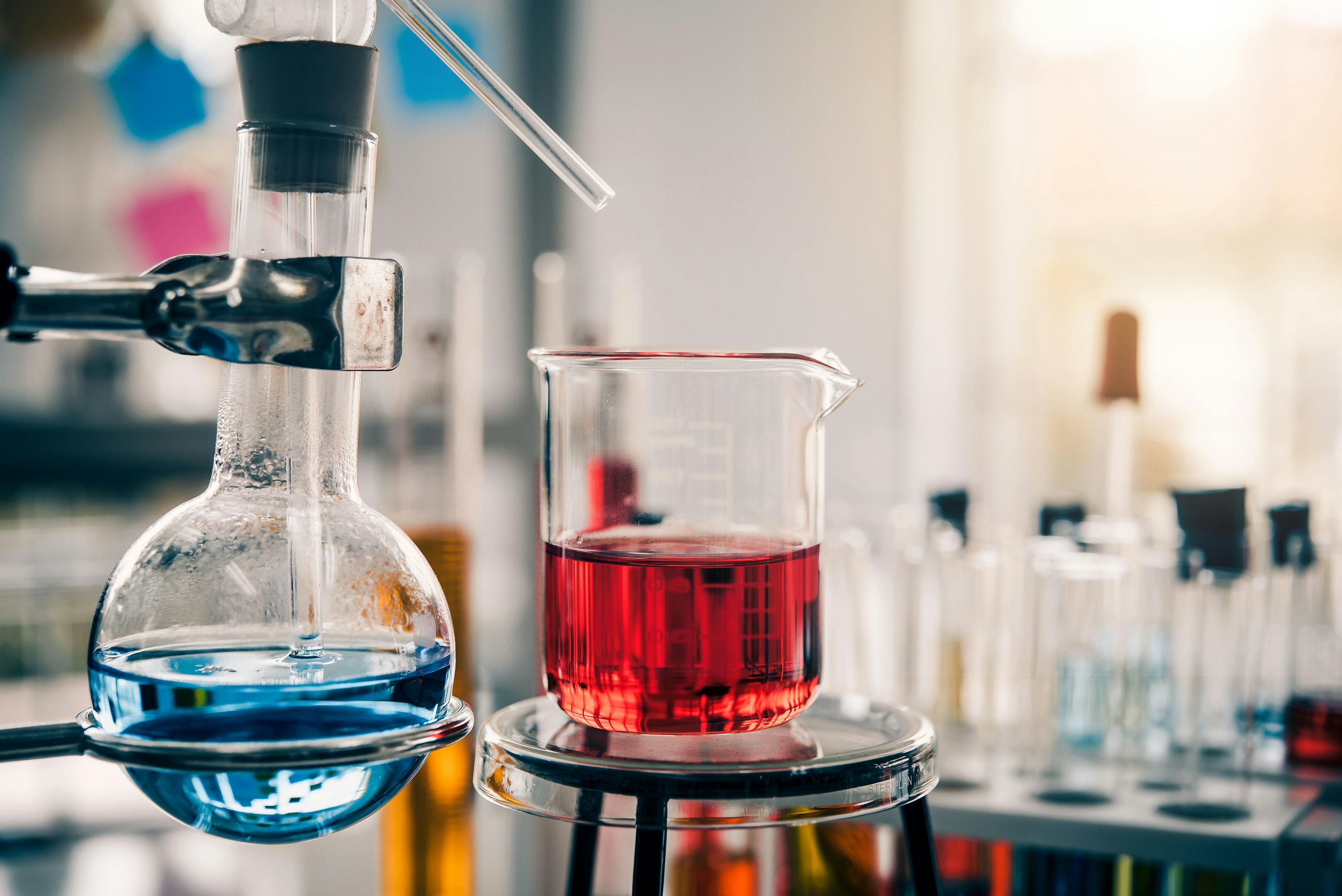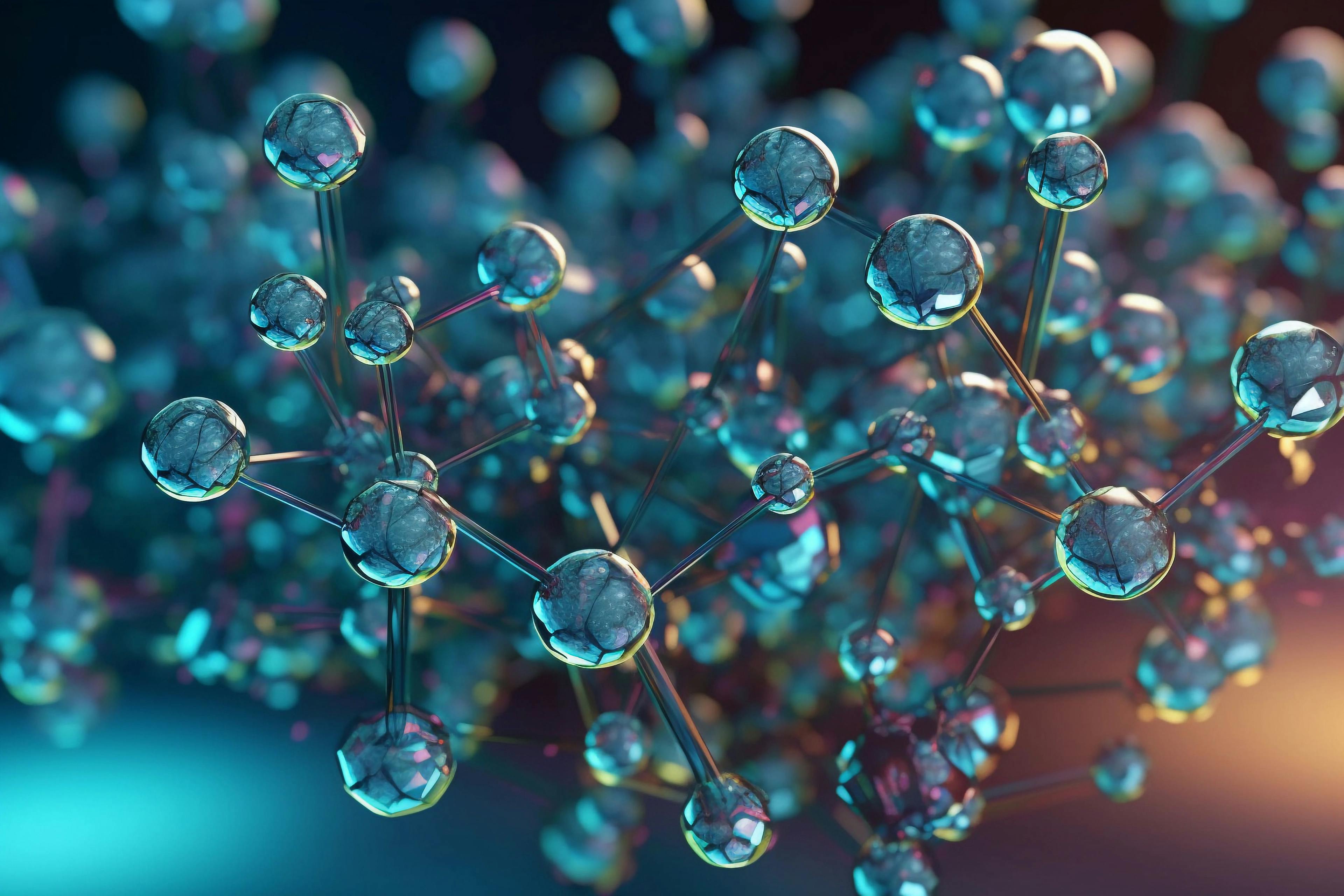Basic Care and Feeding of Your Detector
Detectors in gas chromatography (GC) are unique in all analytical science. The detector performs several difficult functions that make sensitive and selective analysis possible. In this installment, we will explore the challenges involved in detecting the effluent from a capillary gas chromatographic column, and summarize the many detector options. We will then consider basic ideas and tasks that allow detectors to function properly. Finally, we will examine some specific troubleshooting and preventative maintenance tips for common detectors. We will see that, with some simple preventative thinking and action, detectors in gas chromatography can provide excellent sensitivity and selectivity for years of use.
In capillary gas chromatography (GC), the detector plays a role that is unique in all analytical science. It must be small, sensitive, and fast, with selectivity varying based on the type of detector used. First, consider the effluent that is eluted from the detector end of a typical capillary column. This effluent is a stream of vapor moving at velocities of usually more than 50 cm/s, and sometimes over 1 m/s. With a typical volumetric flow rate at the column exit of about 2 mL/min, this generates about 30 μL of carrier gas per second, which, during peak elution, contains analytes with masses usually measured in ng or pg. Therefore, the detector must be of sufficiently small volume to not allow significant additional expansion of the carrier gas effluent as it leaves the column. Too large a detector volume would lead to extra-column peak broadening, reducing both resolution and peak height. The detector must be sensitive enough to record the passage of ng-pg of vapor phase analyte dispersed in the abovementioned 30 μL of carrier gas. Finally, the detector must have a very rapid response time, producing individual signals fast enough to generate at least 20 data points across peaks that may be 1 sec or shorter in width. Therefore, small, sensitive, and fast are the three fundamental requirements for a detector.
Selectivity, the ability to discriminate between different analytes or to detect some compounds or compound classes but not others, is another critical detector characteristic. A detector may be universal, as in a thermal conductivity detector (TCD) or full-scan mass-selective detector (MSD), detecting any analyte other than the carrier gas, or it may be selective, as in a flame ionization detector (FID) which detects only carbon-containing compounds; an electron capture detector (ECD), which detects only compounds with highly electronegative functional groups; or a selected ion monitoring mass selective detector (MSD), which detects only the molar masses set by the user. Since gas chromatography is very widely used in many industries, and not just by specialized analytical chemists, detectors must also be easy to use, operate, and maintain.
Based on these characteristics, Table I, adapted from Schug, McNair, and Hinshaw, provides grades and a summary for several common gas chromatographic detectors (1). We can see there is often a tradeoff between characteristics such as selectivity and sensitivity. More selective detectors, such as ECD, detect fewer analytes, but are more sensitive than more universal detectors, such as FID or TCD, which detect more analytes but are not as sensitive. There is another clear tradeoff between sensitivity and ease of use. More sensitive detectors often require greater care, especially to avoid contamination that may generate spurious signals or excessive noise at lower detection levels.
TABLE I: Performance grade sheet for modern gas chromatographic (GC) detection methods (Reprinted from reference [1] with permission from the author). This ranking cannot fully account for all manifestations of each detector system.

Finally, a detector may be concentration or mass sensitive. Among classical detectors, TCD and ECD are concentration sensitive, while FID is mass sensitive. This is a subtle difference that may not be observed until troubleshooting or optimizing, and is noticed when looking at raw peak heights and peak areas. If optimizing for speed by increasing the flow rate, we would initially think that the faster flow rate would result in faster, sharper peaks, therefore greater peak height. This is true for a mass sensitive detector; the peak height is higher, but since the total mass of analyte stays the same, the peak area is the same. For a concentration sensitive detector, the peak area may decrease, as the height is unchanged (volume of the detector is constant), but the peak area can decrease, as the peak will be sharper, with the same height. If calibrating using standards or a calibration curve, these differences may not be noticeable unless working at or near the limit of detection.
Troubleshooting and Preventative Tips for All Detectors
There are some common ideas for preventative maintenance and troubleshooting for all detectors. In the first American Chemical Society Short Course on capillary GC that I took in 1990, Stuart Cram of Hewlett-Packard (now Agilent Technologies) and Milos Novotny of Indiana University succinctly stated the most important truism in gas chromatography—“Capillary GC is clean GC.” Most preventative maintenance and troubleshooting revolves around keeping the detector clean and avoiding contaminants in the carrier gas stream that can either foul the detector or elevate the baseline.
Keep the Detector Powered-Up and Heated
On any gas chromatograph, the detector is one of three separately heated zones, along with the inlet and the column oven. Generally, the detector should be heated to a temperature above that of the highest temperature of the methods being run. It is heated for the sole purpose of keeping it clean. Also, when initially heating the detector, it is a good idea to allow it to equilibrate for a couple of hours at the set temperature prior to use. Remember that the temperature sensor is in one place, not over the whole detector.
Ensure That the Column End Is Correctly Installed
Most detectors require a specific distance that the column must extend into the detector from the fitting inside the column oven. Unfortunately, this is a blind connection. The fitting must be installed onto the column outside the column oven and then carefully installed into the detector. When troubleshooting problems of excessive noise, small signals, no peaks, or poor peak shapes, column installation problems are often the cause. Also, ensure that the column end is properly cut. Improper column cutting leads to active sites at the column end that cause poor peak shapes, and can also cause small pieces of fused silica or polyimide coating to foul the detector, usually resulting in increased noise.
Use High Purity Gases
Gas purity is critical for reducing detector noise and contamination. Carrier gas contaminants can include air and water from leaks to the atmosphere or water and organic contaminants from the instrument, gas lines or the gas cylinder itself. Ensure that you begin with high purity gases either at the point of purchase or by using appropriate gas scrubbers. Your instrument vendor can assist you with ensuring that your gas supply is highly pure. Then, ensure that the system is leak-free. Even though the gas lines are pressurized, contaminants can back diffuse into the gas flow. Finally, ensure that your inlet and sampling devices are clean and properly maintained.
Comments About Using Hydrogen Generators
Many laboratories today have foregone classical cylinders for hydrogen generators. Although a capital expense item, significant long-term operating savings and improved safety can result. When choosing a hydrogen generator, similar to purchasing cylinders, double-check purity of the delivered gas, along with volumetric flow and output pressure, and ensure that these are sufficient for providing fuel gas to the detector. If hydrogen carrier gas is used, ensure that the maximum capacity of the generator will provide sufficient gas flow for the inlet, especially when operating under split injection with high split ratios.
Signs That the Detector Needs Attention
The most common evidence that the detector requires attention, cleaning, or maintenance is a change in the baseline. On my own systems, I check the baseline daily. On a modern data system, this involves starting a blank run, and then monitoring the real-time signal. The baseline should look the same as the previous day. Figure 1 shows examples of normal baseline and elevated baseline with increased noise, indicating that the detector needs attention. If the rapid noise has a greater amplitude, this usually indicates some change in the environment or the electronics; perhaps another instrument is working on the same circuit as the GC. If the overall baseline is elevated, the usual problem is contamination in one or more of the gas streams. If there is no signal at all, check that the detector is operating. Checking the baseline is one of the simplest of all tests for proper detector operation.
FIGURE 1: Expanded chromatograms showing baseline noise with no sample injected. (a) Elevated background signal with greater noise; (b) original noise with system running properly.

Some Specific Advice for Common Detectors
Flame Ionization Detector (FID)
The FID requires three gases. The carrier gas can be helium, nitrogen, or hydrogen; in previous articles, I have advocated using nitrogen with capillary GC and temperature programming, as it is least expensive and with modern concerns, the most green choice (2,3). The fuel gas is hydrogen, and the oxidant is air. Take care to ensure that the fuel and oxidant gases are pure and have stable flow rates. Since hydrogen is being combusted in the detector, the product of the reaction of hydrogen and oxygen is water. Most modern FIDs include an automatic ignitor, but take care to ensure that the detector is fully heated prior to ignition, or water can form on the metal surfaces. When installing the column, take care with the insertion distance, and ensure that the column end does not contact the flame jet. If the column end is inserted too far, it can contact the flame jet and ignite, causing excessive noise and possible loss of signal. If not inserted far enough, the void space may cause peak broadening, or there may be a gas leak.
Mass Selective Detector (MSD)
MSDs provide both qualitative and quantitative data, and have become straightforward to operate. Daily tuning or optimization are important when operating an MSD, as the ion source changes over time, as samples are run and eventually contaminate metal surfaces and lenses inside the source. In a previous article, we discussed a wealth of information obtainable from the tune report (4). The simplest measures of whether the ion source needs maintenance are the electron multiplier voltage and the peak resolution between the main and isotope peaks from the tuning compounds. Increasing electron multiplier voltage or loss of resolution between the adjacent mass isotope peaks are a strong indication that the ion source requires cleaning.
Electron Capture Detector (ECD)
ECD is among the most sensitive and selective of all detectors. As seen in Table I, it gets the highest grade for sensitivity, but the lowest for qualitative speciation, as it is very selective for a subset of electronegative species. It also has the lowest grade for robustness, because it is easily contaminated, even by the room air. ECD was reviewed in a recent column, including discussion that many originally felt that it would not be a useful detector because it is so easily contaminated (5). Users should ensure that the carrier and makeup gases are of the highest purity and extremely dry. The laboratory environment must also be contaminant free; I have witnessed elevated baseline on an ECD in the presence of cigarette smoke residue on the operator’s clothing.
Conclusions
In gas chromatography, the detector is the third critical heated zone on the instrument. The overriding consideration for ensuring long-term effective operation is cleanliness and preventing contamination. Some considerations, such as ensuring pure carrier and detector gases, sufficient heating and temperature equilibration, and proper column installation are common to all detectors. Beyond these, each detector has its own operating and maintenance principles. With simple preventative maintenance and care for the entire system, from gas sources to detector, detectors for gas chromatography are sensitive, selective, and rugged.
References
(1) Schug, K. A.; McNair, H. M.; Hinshaw, J. V. GC Detectors: From Thermal Conductivity to Vacuum Ultraviolet Absorption. LCGC Europe 2015, 28 (1), 45–50.
(2) McCann, S. P.; Rana, H.; Handzo, B. A.; Snow, N. H. Go With the Flow: Thinking About Carrier Gas Flow in GC. LCGC North Am. 2020, 38 (3), 152–158.
(3) Snow, N. H. Green Chemistry: What Is It (and What Is It Not)? And How Does It Apply to Gas Chromatography? LCGC North Am. 2023, 41 (5), 176–180. DOI: 10.56530/lcgc.na.az3979e4
(4) Snow, N. H. Stopping GC and GC–MS Problems Before They Start. LCGC North Am. 2019, 37 (1), 18–23.
(5) Snow, N. H. Selectivity and Sensitivity: The Electron Capture Detector (ECD), Its Unique Inventor James Lovelock (1919–2022), and GAIA. LCGC North Am. 2022, 40 (11), 533–535,542. DOI: 10.56530/lcgc.na.dm6277r4
ABOUT THE AUTHOR
Nicholas H. Snow is the Founding Endowed Professor in the Department of Chemistry and Biochemistry at Seton Hall University, and an Adjunct Professor of Medical Science. During his 30 years as a chromatographer, he has published more than 70 refereed articles and book chapters and has given more than 200 presentations and short courses. He is interested in the fundamentals and applications of separation science, especially gas chromatography, sampling, and sample preparation for chemical analysis. His research group is very active, with ongoing projects using GC, GC–MS, two-dimensional GC, and extraction methods including headspace, liquid–liquid extraction, and solid-phase microextraction. Direct correspondence to: LCGCedit@mmhgroup.com


University of Rouen-Normandy Scientists Explore Eco-Friendly Sampling Approach for GC-HRMS
April 17th 2025Root exudates—substances secreted by living plant roots—are challenging to sample, as they are typically extracted using artificial devices and can vary widely in both quantity and composition across plant species.
Sorbonne Researchers Develop Miniaturized GC Detector for VOC Analysis
April 16th 2025A team of scientists from the Paris university developed and optimized MAVERIC, a miniaturized and autonomous gas chromatography (GC) system coupled to a nano-gravimetric detector (NGD) based on a NEMS (nano-electromechanical-system) resonator.
Miniaturized GC–MS Method for BVOC Analysis of Spanish Trees
April 16th 2025University of Valladolid scientists used a miniaturized method for analyzing biogenic volatile organic compounds (BVOCs) emitted by tree species, using headspace solid-phase microextraction coupled with gas chromatography and quadrupole time-of-flight mass spectrometry (HS-SPME-GC–QTOF-MS) has been developed.
Fundamentals of Benchtop GC–MS Data Analysis and Terminology
April 5th 2025In this installment, we will review the fundamental terminology and data analysis principles in benchtop GC–MS. We will compare the three modes of analysis—full scan, extracted ion chromatograms, and selected ion monitoring—and see how each is used for quantitative and quantitative analysis.





















